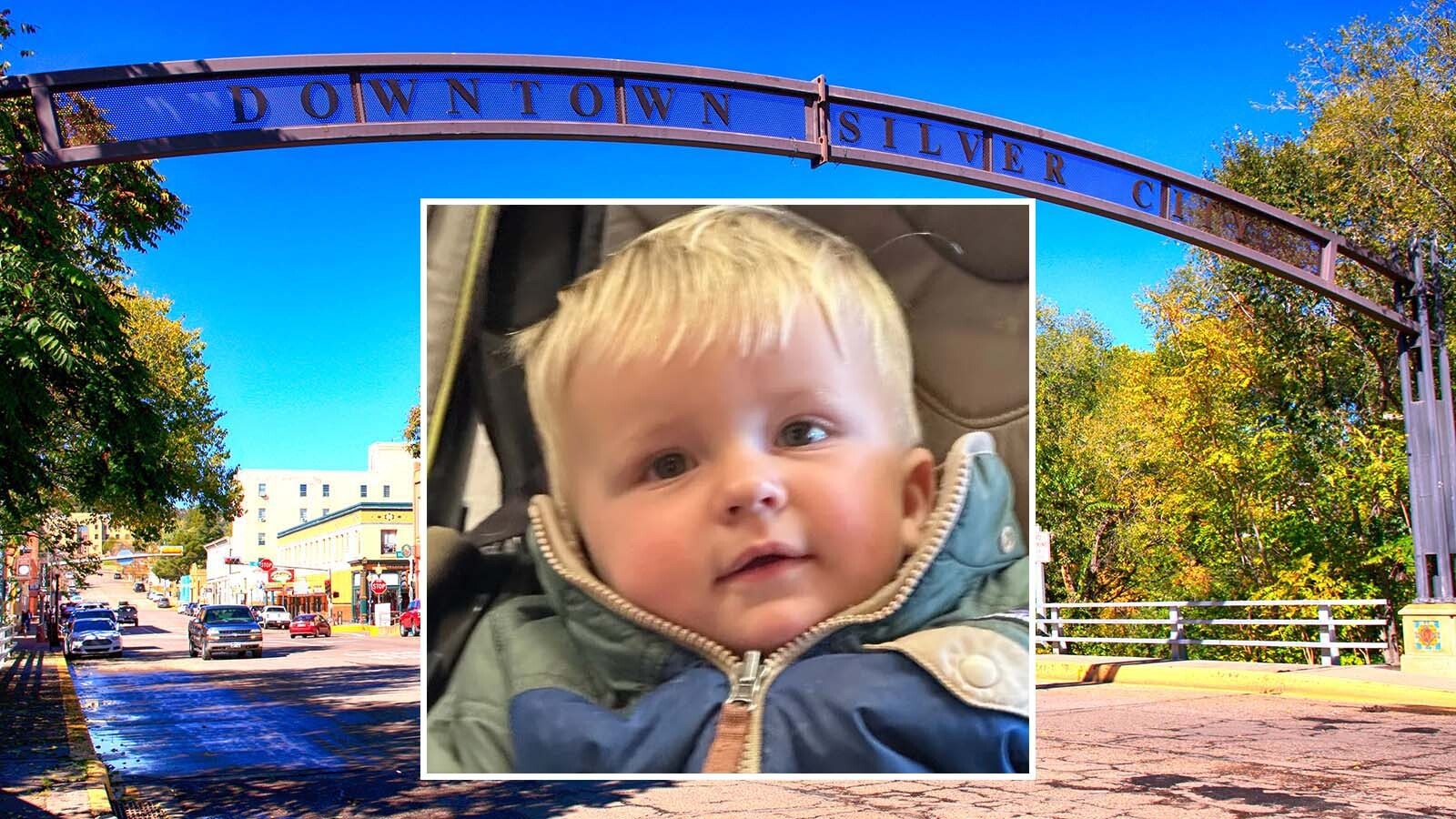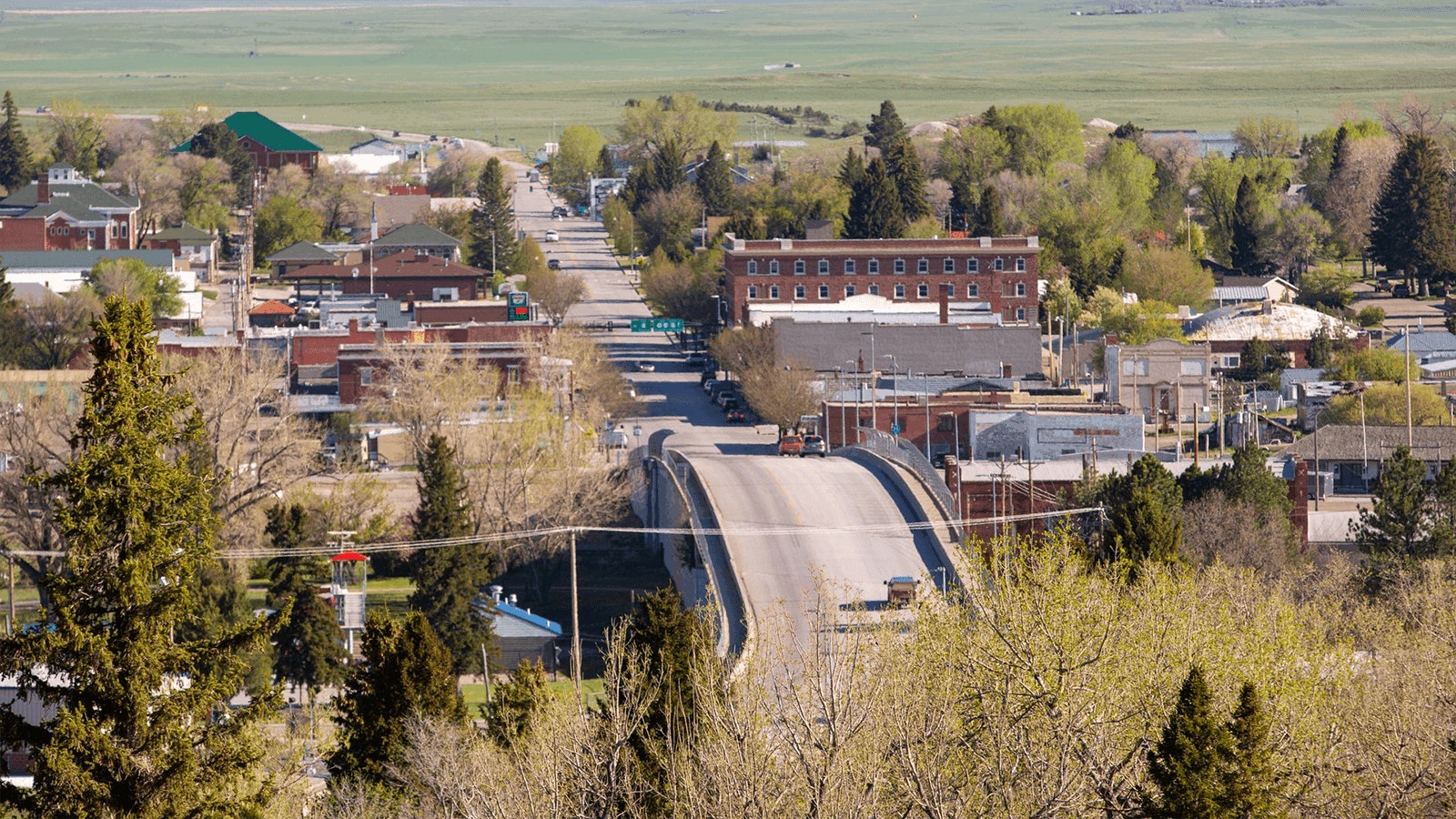An Australian sheep shearer who stabbed her boyfriend to death in Lincoln County, Wyoming, does not get a new trial despite prosecutors using a piece of taboo evidence against her at her original trial, the Wyoming Supreme Court ruled Wednesday.
Monique Huia Sullivan, 33, stabbed her boyfriend Andrew Moore to death Feb. 20, 2023, in their camper on a sheep farm outside Kemmerer, Wyoming.
A jury convicted her in November 2023 of voluntary manslaughter, and Judge Joseph Bluemel sentenced her that December to 12-17 years in a Wyoming prison, with her deportation to follow.
At Sullivan’s trial, the prosecutors, Lincoln County Attorney Spencer Allred and Deputy Attorney John Bowers, included a photograph of Moore from when he was still alive as part of their main evidence pool.
That Photo
In the photograph Moore was happy, at one of his favorite vacation spots and with a dog he rescued, his father told the jury at the time.
Wyoming courts restrict the display of photos of manslaughter and murder victims from when they were still alive. Such photos allowed if they go toward the crimes charged, and they’re allowed if prosecutors need them to rebut something the defendant alleged about the victim’s character, the Wyoming Supreme Court wrote in its Thursday ruling on the matter.
But those photos aren’t allowed if their main purpose is to curry sympathy or inflame the jury, the ruling adds.
Sullivan’s prosecutors could have brought the photo as part of their rebuttal case to counter her claims that Moore was abusive and angry. But including it in their main evidence pool — on the offensive not the defensive part of the trial — should not have been allowed by the judge, the high court wrote.
But the prosecutors brought a strong case to the jury even without the photo of the victim alive, including eyewitness testimony of the seconds right after the stabbing and witness testimonies about the days and hours leading up to it.
The photograph didn’t make the difference between a conviction and an acquittal for Sullivan, the high court wrote.
So even though the photograph should not have been allowed, its inclusion in the state’s main case isn’t enough for the high court to discard the whole trial, it added.
Besides questioning the judge’s decision-making in allowing the photograph, Sullivan accused prosecutors of misconduct for arguing in favor of keeping that photo at trial.
The high court brought the same counterpoint, saying that the photograph didn’t tip the scale toward her conviction, so she couldn’t prove prosecutorial misconduct with it.
Clair McFarland can be reached at clair@cowboystatedaily.com.





